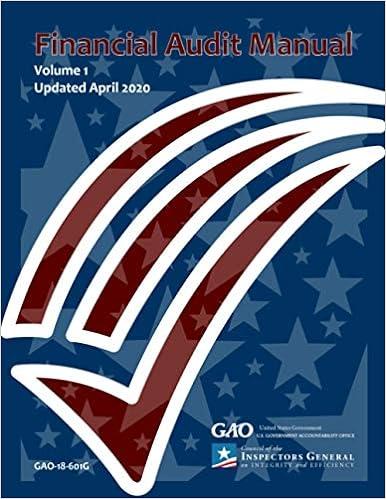20-36. ETHICS AND QUALITY. Outmark Corporation manufactures computer processors for leading computer makers. Joe Agent is the management accountant for one of Outmark's largest manufacturing plants. His bonus is based on the plant's revenues. The plant's general manager, Chris Levine, has just returned from a meeting at corporate headquarters where quality expectations were outlined for 2020. Chris calls Joe into his office to relay the corporate objective to minimize quality costs and that total quality costs will not exceed 8% of total revenues by plant under any circumstances. Chris asks Joe to provide him with a list of options for meeting corporate headquarters' quality objective. The plant's initial budgeted revenues and quality costs for 2020 are as follows: Revenues Quality costs: $8,675,000 Inspection of raw materials Raw material scrap Customer support Quality design engineering Engineering redesign of failed parts Rework of failed parts Product inspection Warranty repairs $1,825 25,950 37,400 83,000 72,800 64,075 182,125 172,850 80,000 End of Chapter: Balanced Scorecard: Quality and Time For each processor sold at the current price, the contribution margin is positive. Prior to receiving the new corporate quality objective, Joe had collected information for all of the plant's possible options for improving both product quality and costs of quality. He was planning to introduce the idea of reengineering the manufacturing process at a one-time cost of $135,009, which would decrease product inspection costs by approximately 28% per year and is expected to reduce warranty repairs and customer support by an estimated 46% per year. It would also allow the plant to produce and sell 5% more units. After seeing the new corporate objective, Joe crunches the numbers again and comes up with another idea. By increasing the cost-of-quality control training for production staff by $35,000 per year, the plant would End of Chapter: Balanced Scorocard: Quality and Time and comes up with another idea. By increasing the cost-of-quality control training for production staff by $35,000 per year, the plant would reduce product inspection costs by 16% annually and reduce warranty repairs and customer support costs by 28% per year as well. However, under this option, the plant wouldn't be able to increase its production and sales. 1. Calculate the ratio of each budgeted costs-of-quality category (prevention, appraisal, internal failure, and external failure) to budgeted revenues for 2020 . Are the budgeted total costs of quality as a percentage of budgeted revenues currently less than 8% ? 2. WIich of the two quality options should Joe propose to the general manager, Chris Levine? Show the impact on quality costs and revenues for the two options: (a) reengineer the manufacturing process for $135,000 and (b) increase quality training expenditure by $35,000 per year. Do the calculations using a 1-year time horizon. 3. Suppose Joe decides not to present the quality training option to Chris. Is Joe's action unethical? Explain











